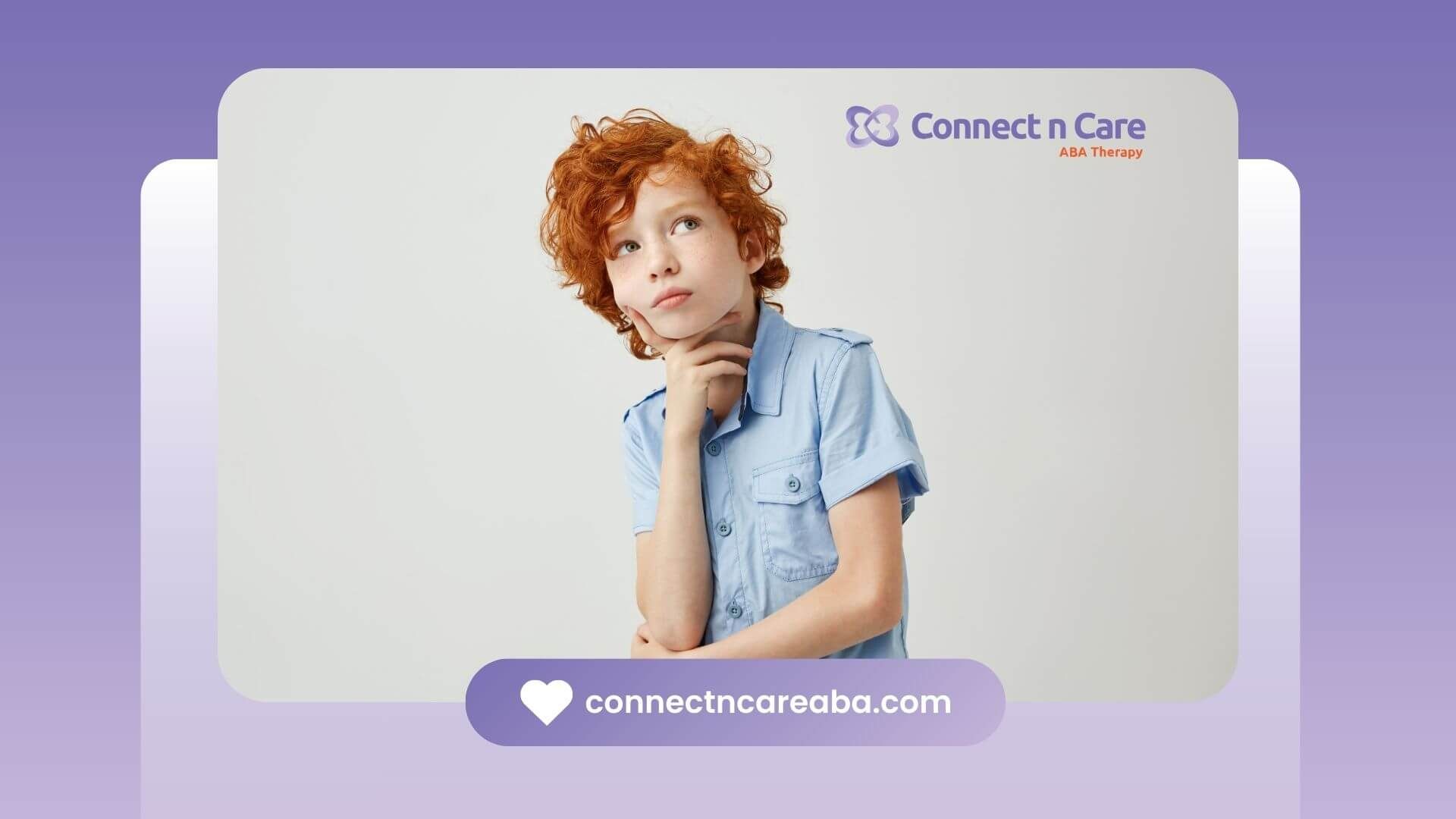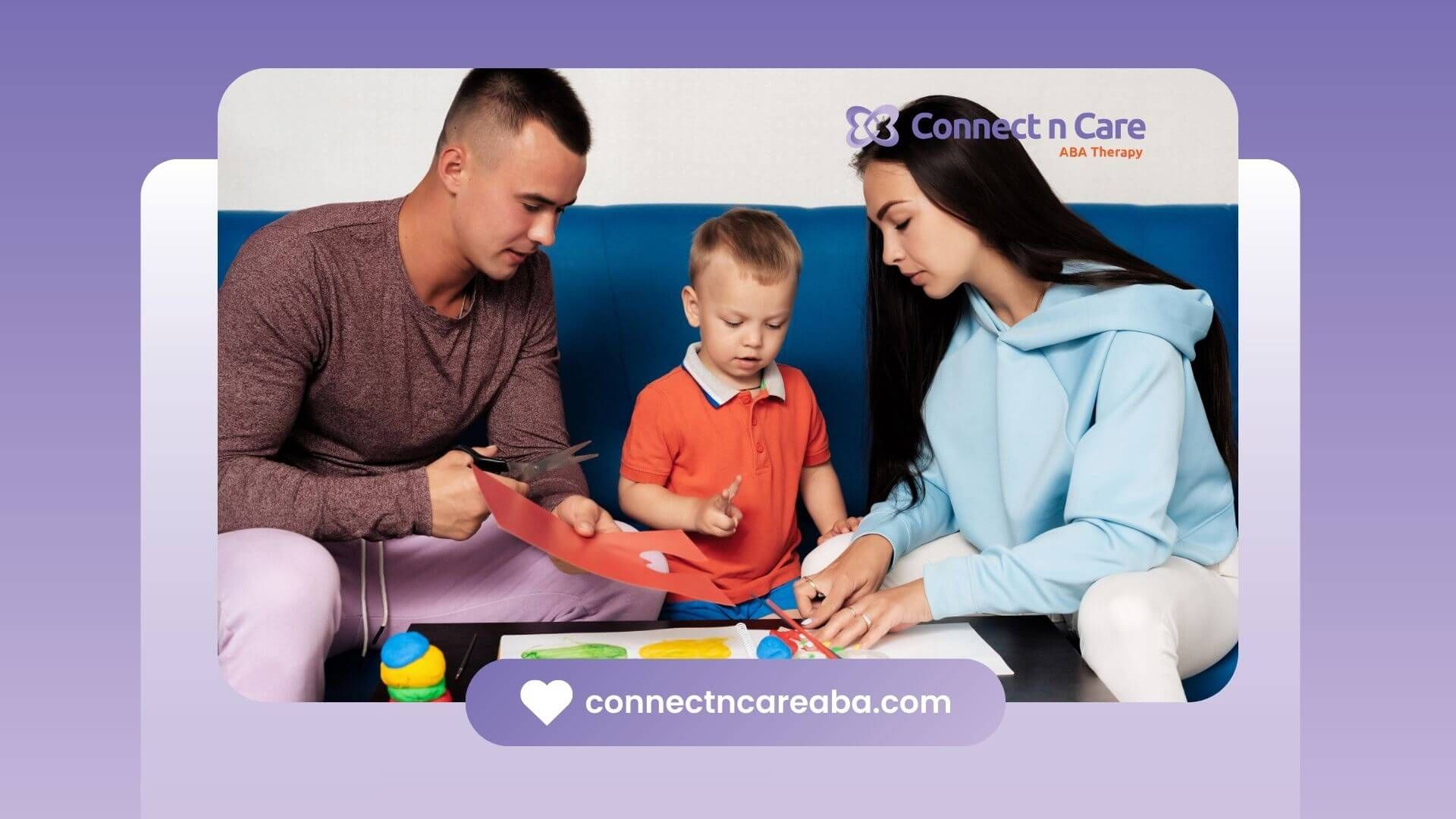Visual supports are tools that use pictures, symbols, or written words to help autistic children understand, communicate, and follow routines more effectively. Since many children with autism are strong visual learners, these supports can reduce frustration and increase independence.
Examples of Visual Supports:
- Visual Schedules – Step-by-step charts showing daily routines (like wake up, brush teeth, school) help children know what to expect.
- Picture Exchange Communication System (PECS) – Children use picture cards to express wants and needs when verbal communication is difficult.
- First/Then Boards – Simple visuals that show what needs to be done first (task) and what comes after (reward or preferred activity).
- Social Stories – Illustrated
short stories that explain social situations, like visiting the dentist or playing with friends.
- Visual Reminders – Labels, checklists, or cue cards that guide behaviors like washing hands or cleaning up toys.
Visual supports make abstract concepts more concrete, helping children process information and build confidence in daily life.
Looking for support?
At Connect n Care ABA, we use personalized ABA therapy in North Carolina, incorporating visual supports to make learning clear, fun, and effective.
Contact us today to see how our in-home, school-based, and clinic ABA therapy can support your child’s growth.
SOURCES:
https://files.eric.ed.gov/fulltext/ED595398.pdf
https://www.autismparentingmagazine.com/benefits-of-autism-visual-supports/
https://raisingchildren.net.au/autism/therapies-guide/visual-supports
https://card.ufl.edu/resources/visual-supports/
https://www.aspect.org.au/blog/the-benefits-of-using-visual-supports









